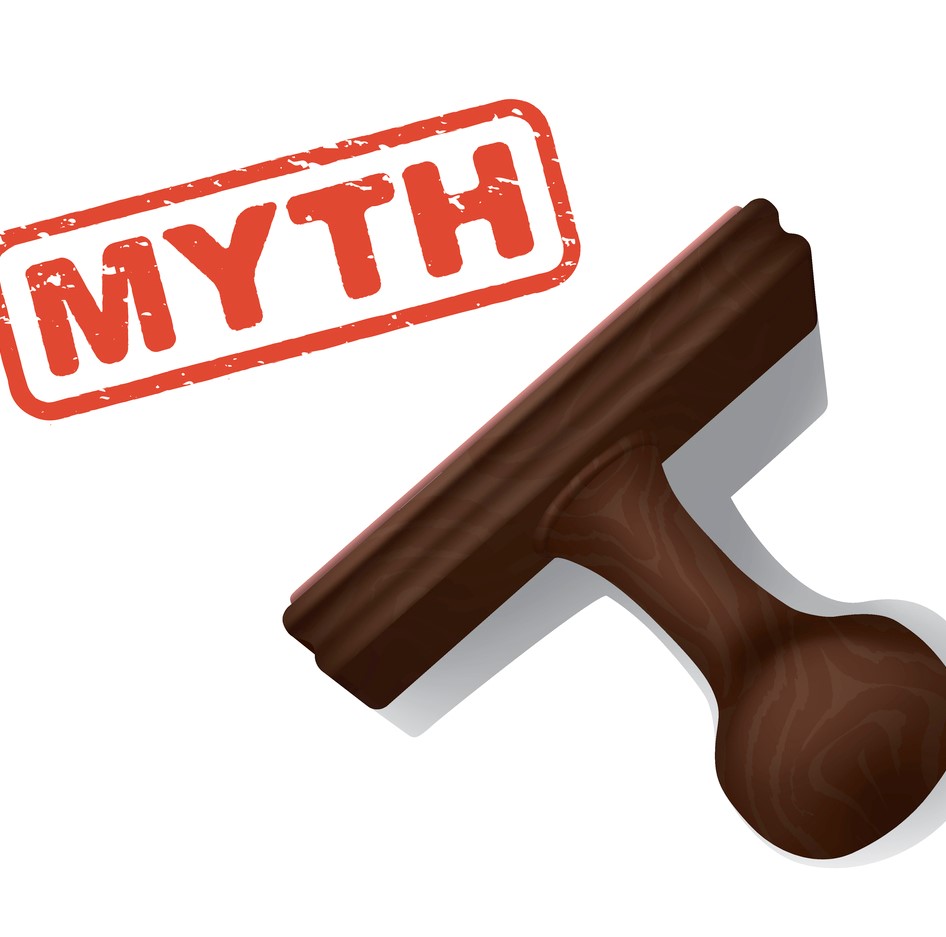Find out about our advocacy efforts around ALLERJECT’s public coverage in Ontario and Quebec. Learn the latest around the U.S. FDA approvals for the peanut patch, participate in a study on emerging allergens, plus check out our latest mythbuster on “may contain” statements.
Advocacy: ALLERJECT® now part of ON and QC public drug plans

This week, kaléo announced that ALLERJECT® epinephrine auto-injectors are now listed on the Ontario and Quebec public drug plans. This means Canadians who are on public plans in these provinces will have greater access to epinephrine auto-injectors.
Other provinces and territories are expected to have ALLERJECT listed on their public plans soon. In addition to public drug plans, ALLERJECT is also covered by the largest private insurance plans across the country.
Food Allergy Canada helped to accelerate this public coverage by advocating to the government. Our goal is to ensure all Canadians can access the epinephrine auto-injector device that best fits their needs.
“It is so important that every Canadian at risk of anaphylaxis has affordable and consistent access to an epinephrine auto-injector. The news that ALLERJECT will be broadly covered increases the access patients have to a device, helping to ensure they are prepared in case of a serious allergic reaction. Understanding what to do in case of an allergic emergency is particularly important as families are getting ready for back-to-school and reviewing their Anaphylaxis Emergency Plans.” – Jennifer Gerdts, Food Allergy Canada’s executive director
Research: U.S. FDA declines approval on Viaskin™ Peanut

Source: DBV Technologies
DBV Technologies, a biopharmaceutical company, announced that the U.S. Food and Drug Administration (FDA) has declined approval on the company’s Biologics License Application (BLA) for Viaskin™ Peanut.
Intended to treat peanut allergy in children 4-11 years of age, Viaskin Peanut is based on epicutaneous immunotherapy (EPIT) in which active peanut proteins are delivered to the immune system through the skin.
DBV plans to request a meeting with FDA to discuss their comments and requirements for additional clinical data that may be needed to support their BLA resubmission.
We’ll continue to keep you updated on the status of Viaskin in the U.S. and implications for Canada, as the development and access to food allergy treatment options are a key part of our National Food Allergy Action Plan.
Research: Parents – participate in an important research study on emerging allergens

Please take the time to learn about the emerging allergen study and participate if you haven’t done so already.
You are invited to complete the survey if your child has had a reaction to an allergen outside of the priority food allergens in the last 12 months. Your participation will help researchers, and advocacy groups like ours, better understand emerging allergens.
Mythbuster – If someone has a food allergy, is it okay for them to eat a product that has a “may contain” statement?

FACT: “May contain” statements are voluntary, they are not part of Canadian food allergen labelling regulations. Some food manufacturers include this statement on pre-packaged food labels when there is a chance that a food allergen might be unintentionally present in a product.
If someone is allergic to a food, they should avoid products that may contain their allergen. Research shows that some products with this warning have contained enough allergen to cause a reaction.
Bottom line: “May contain” products should be avoided. Take away the guess work and call the manufacturer directly to ask about the product before buying or consuming it.
 Reading food labels
Reading food labelsGet more information about understanding labels and make a habit of checking ingredients carefully every time. This will help to prevent allergic reactions.
 Webinar: Food allergy myths
Webinar: Food allergy mythsWatch our food allergy myths webinar with Dr. Susan Waserman to discover what’s fact and what’s fiction on topics such as food allergens, signs and symptoms, reactions, and more.
Help us educate your communities and share this mythbuster with them! Find more mythbusters at foodallergycanada.ca/mythbusters.
Content is based on information included in our food allergy myths webinar by Dr. Susan Waserman, MSc, MD, FRCPC.
Tags: advocacy, Allerject, may contain, mythbuster, Research, Viaskin Peanut patch
